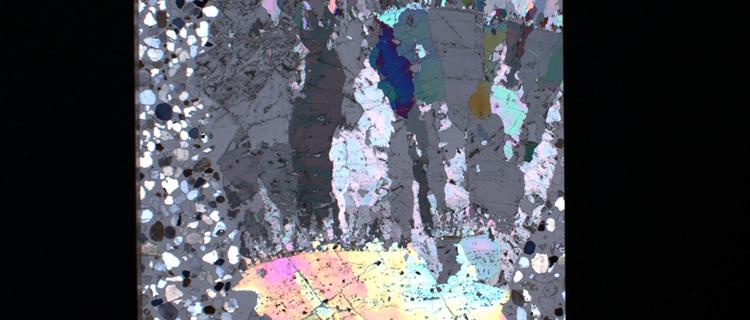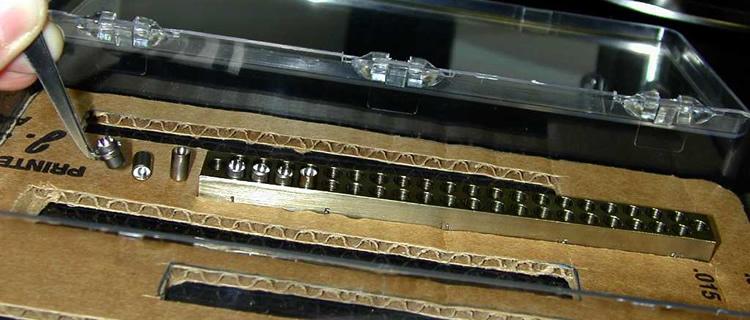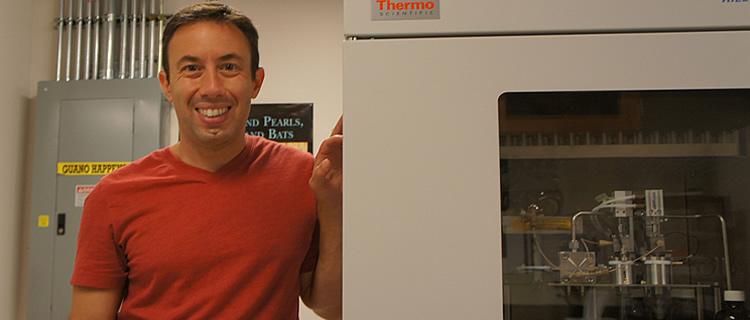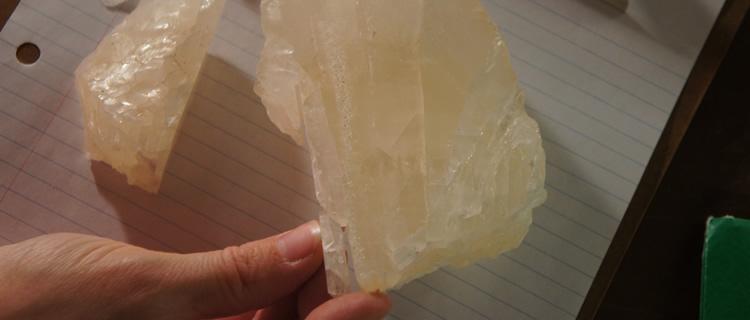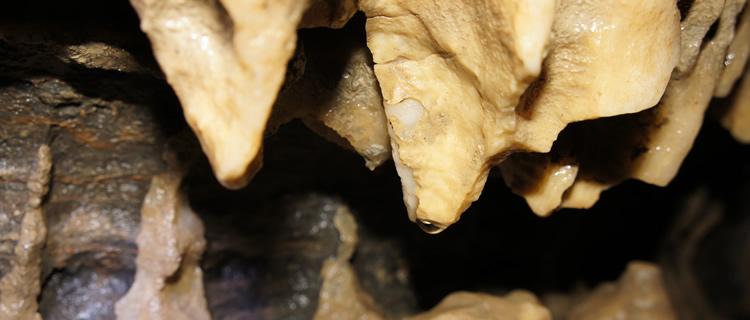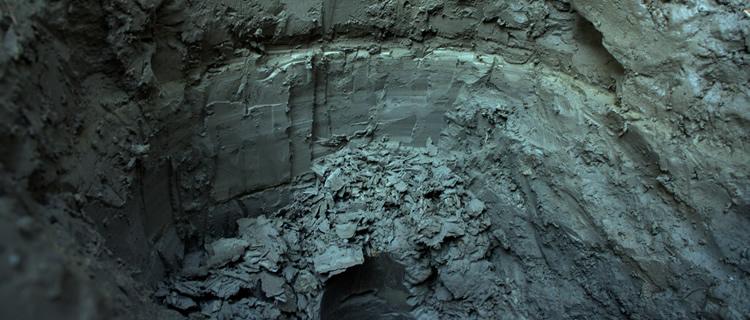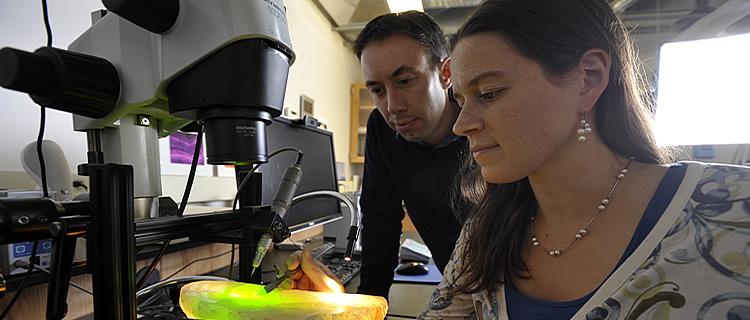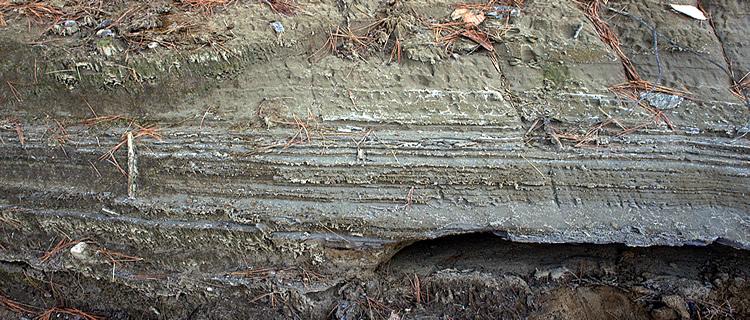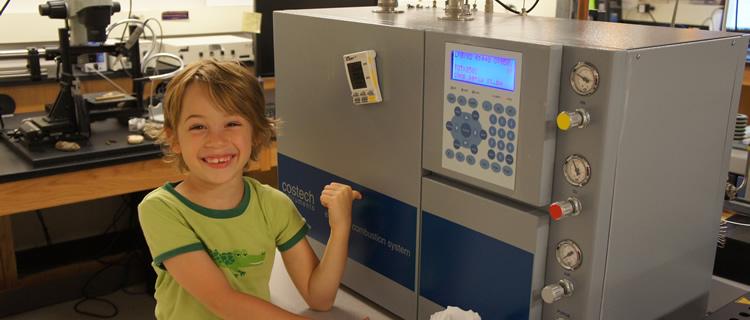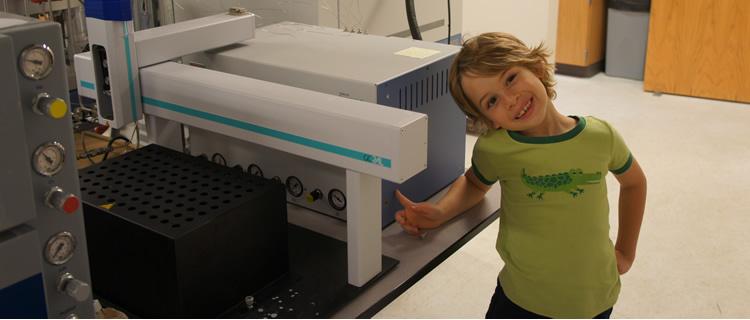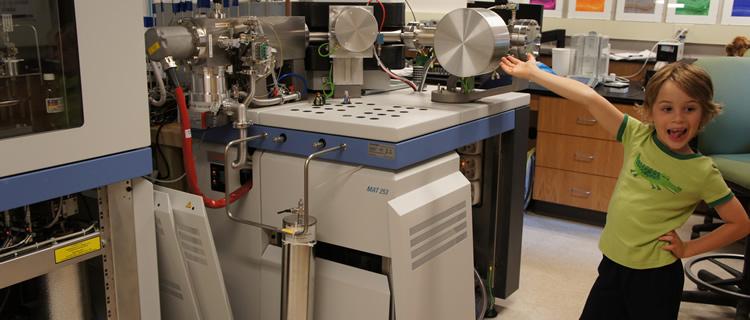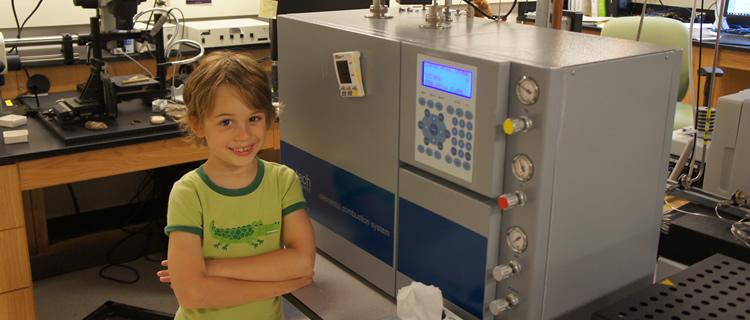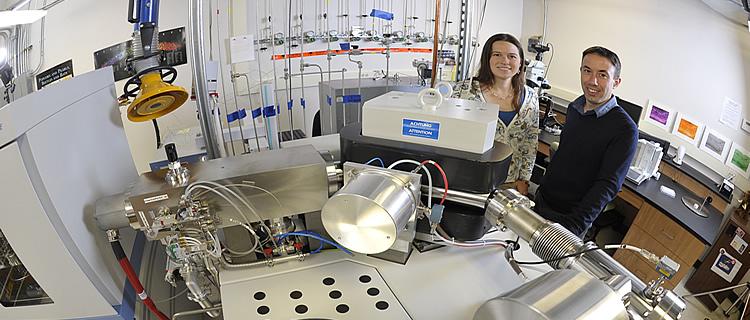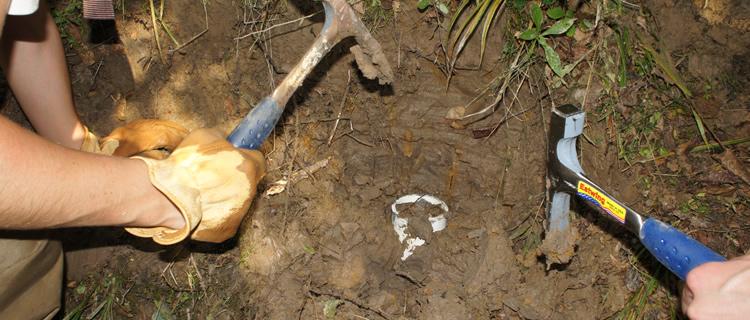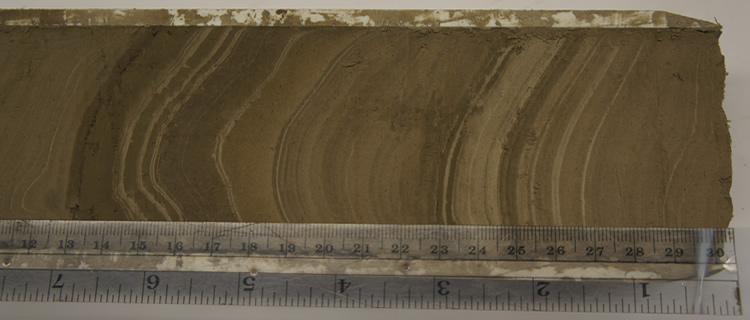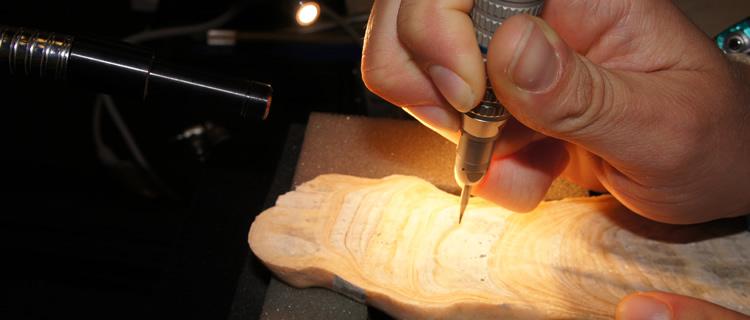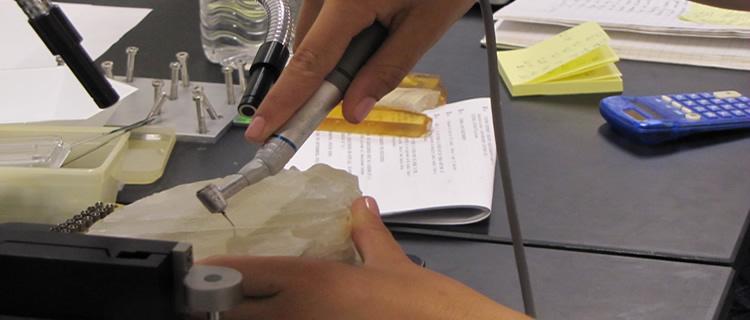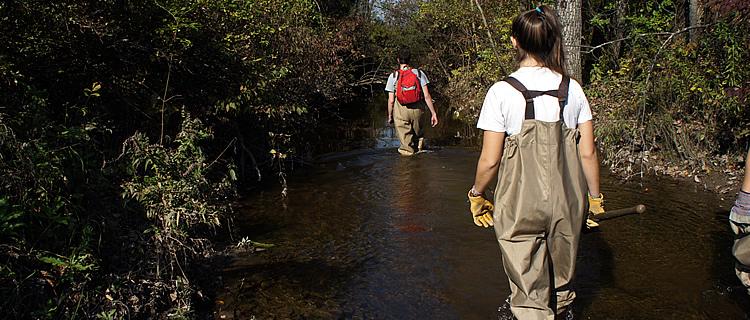The Stable-Isotope and Paleoclimate Analysis facility allows measurement of different isotopes of elements like carbon, oxygen and nitrogen. This reveals metabolic changes one meal ago or environmental conditions 500 million years ago. The isotope mass spectrometer and can analyze substances such as rocks, shells, hair and even breath which can yield data about climate, ocean chemistry, and metabolism. The lab specializes in reconstructing paleo-tempest activity using the isotopic composition of speleothems; we hope to better understand the relationship between climate and tropical storms. We also research the paleoclimate of the Yucatan Peninsula to help understand the environmental context of the Mayan collapse. Additionally, the SPA lab has developed new isotopic proxies for paleoenvironmental reconstruction such as dacryoconarid fossil shells for Devonian isotopic information, speleothem trace element records of volcanic activity, and the use of mud deposits on speleothems as a proxy for water table depth and storm activity.
The SPA Lab is supported by:
The U.S. National Science FoundationThe Charles Lubin Family Chair for Women in Science
黑料吃瓜网
